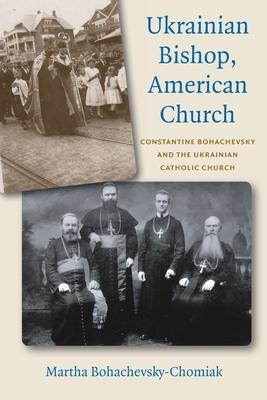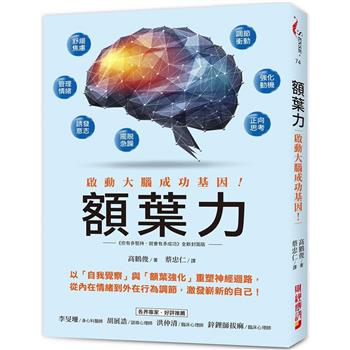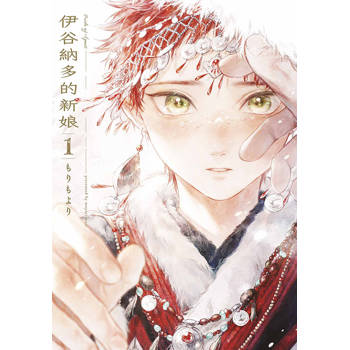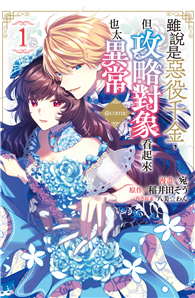Constantine Bohachevsky was not a typical bishop. On the eve of his unexpected nomination as bishop to the Ukrainian Catholics in America, in March 1924, the Vatican secretly whisked him from Warsaw to Rome to be ordained. He arrived in America that August to a bankrupt church and a hostile clergy. He stood his ground, and chose to live а simple missionary life. He eschewed public pomp, as did his immigrant congregations. He regularly visited his scattered churches. He fought a bitter fight for the independence of the church from outside interference - a kind of struggle between the Church and the state, absent both. He refashioned a failing immigrant church in America into a self-sustaining institution that half a century after his death could help resurrect the underground Catholic Church in Ukraine, which became the largest Eastern Catholic church today. This trailblazing biography, based on recently opened sources from the Vatican, Ukraine and the United States, brings the reader from the placid life of the married Catholic Ukrainian clergy in the Habsburg Empire to industrial America. The Ukrainian Catholic Church, formalized in 1595, melds Eastern religious practices with Western hierarchic structure, thus healing the 1054 Christian divide. While there is doctrinal unity, Eastern Catholic practice differs so markedly from that of the Latin Rite that Ukrainian immigrants in the US created their own churches. The death of the first bishop in 1916 and the long hiatus in naming a replacement led to widespread unrest. Yet, under Bohachevsky’s forceful leadership, within a decade, the church developed a network of parishes, schools, colleges, and eventually a seminary, cultivating its clergy and its understanding of Eastern Catholicism. In 1958, the Pope erected the Ukrainian Catholic Archbishopric of Philadelphia and appointed Bohachevsky its Metropolitan/Archbishop.
| FindBook |
|
有 1 項符合
Bohachevsky-Chomiak的圖書 |
 |
$ 2097 | Ukrainian Church, American Bishop: Constantine Bohachevsky and the Ukrainian Catholic Church
作者:Bohachevsky-Chomiak 出版社:Catholic University of America Press 出版日期:2018-12-11 語言:英文 規格:平裝 / 536頁 / 普通級/ 初版  看圖書介紹 看圖書介紹
|
|
|
圖書介紹 - 資料來源:博客來 評分:
圖書名稱:Ukrainian Church, American Bishop: Constantine Bohachevsky and the Ukrainian Catholic Church
|










